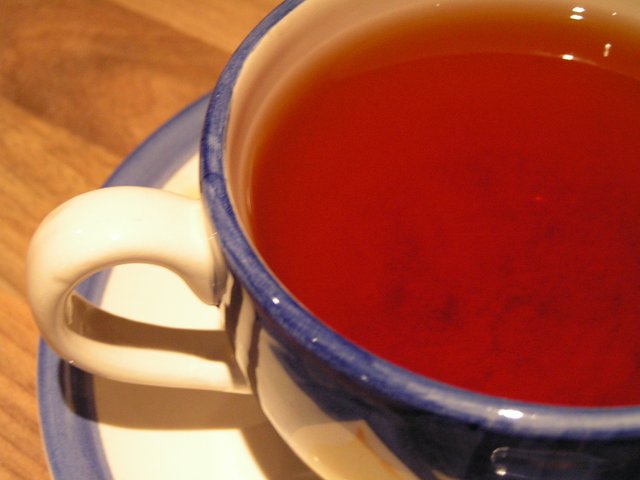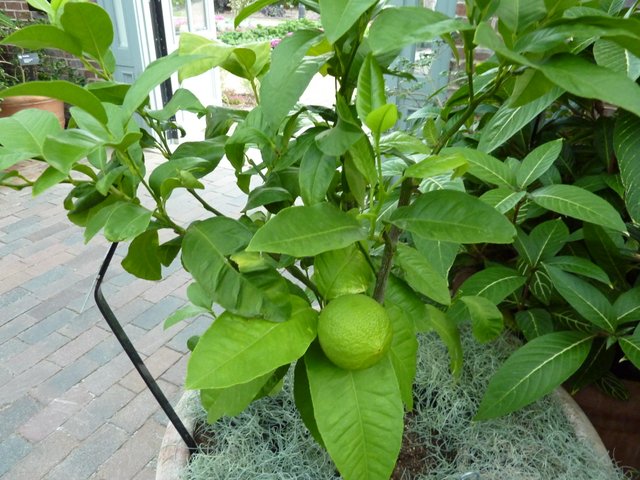Earl Grey tea
After water, tea is the most widely used and the most popular beverage in the world. Earl Grey tea is a tea blend of black tea infused with Bergamot orange or bergamot oil. The name Earl Grey tea is named after Charles Grey, 2nd Earl Grey (Prime Minister of UK, 1830-34). The exact origin of Earl Grey tea is not known but it is said that Earl Grey saved the life of a Chinese man and in return the man presented the Earl with a special blend brewed with Bergamot to show his gratitude.

The manufacturers of Earl Grey tea either use Bergamot oil or dried peel of Bergamot along with its leaves. Bergamot orange is a green/yellow colored citrus fruit (scientific name - Citrus bergamia) almost the size of an orange. Apart from the use in Earl Grey, Bergamot fruit is also used in confectioneries, marmalade, perfumery and cosmetic products.
One cup of Earl Grey tea has about 55 to 90 milligrams of caffeine in it. There are several variations of Earl Grey, tea including; Lady Grey, Russian Earl Grey, Red Earl grey, London Fog, Rooibos Earl Grey, Earl Green and Earl White tea.

Potential health benefits of Earl Grey tea
Helps improve mood, relieves stress and anxiety
Improves immune system and can help with colds, flu and fever.
Improves digestive health by aiding in the digestion process and may alleviate constipation, acid reflux and nausea.
Due to the presence of antioxidants it can help in prevention of cancer and also heart disease by fighting against free radicals, increasing good cholesterol, reducing blood sugar and helping against oral infections.
Image sources
[1] David Wilmot (daramot) from Wimbledon, United Kingdom [CC BY 2.0 (https://creativecommons.org/licenses/by/2.0)], via Wikimedia Commons.
[2] James Steakley [CC BY-SA 3.0 (https://creativecommons.org/licenses/by-sa/3.0)], from Wikimedia Commons.